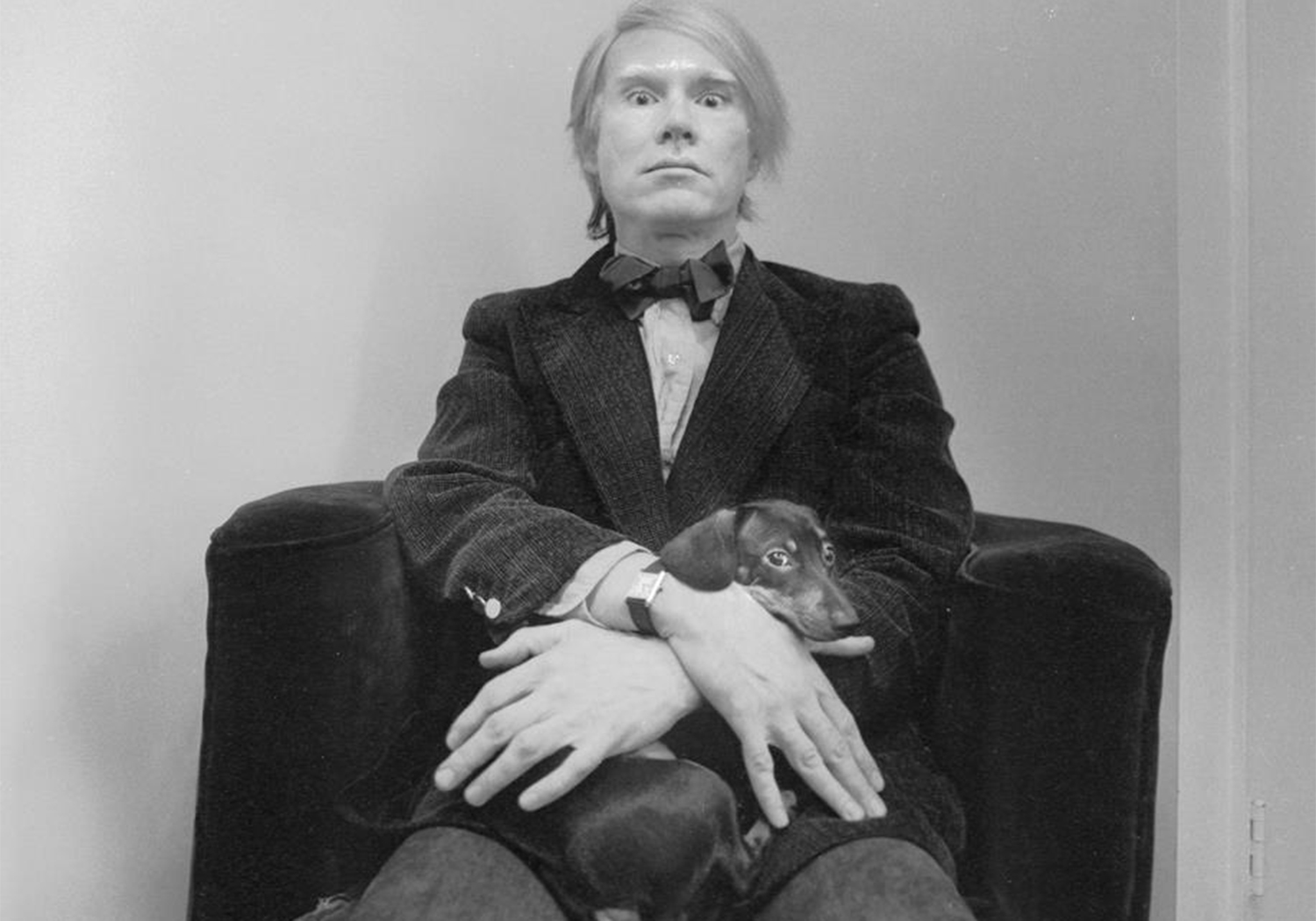Did you know that men are wearing watches that don’t even tell the time? That’s the latest watch trend according to a recent report in The Wall Street Journal. When people can so easily check the time on their phones these days, it is actually a surprise that watches haven’t fallen foul.
But style, when it comes to watches, apparently says much more than one might think. Andy Warhol had a penchant for luxury watches and frequently wore a Cartier Tank Watch (pictured above, courtesy of Cartier). He was once quoted as saying “I don’t wear a [Cartier] Tank watch to tell the time. In fact, I never wind it. I wear a Tank because it’s the watch to wear.”
Watches it seems have a place in fashion, whether they work or not.
One of the UK’s most experienced Master Watchmakers, working for W.E. Clark Watch Repairs says there are still plenty of people who appreciate the substance a watch offers, as well as the style.
“There are numerous antique and vintage watches still coming into the W.E. Clark Watch Repairs workshop for restoration and repair, some from collectors, but many from people who have inherited a prized timepiece, appreciate its beauty and want to see it working again. Watches will always be fashionable because they provoke such sentiment.” David Clark, W.E. Clark Watch Repairs.
People don’t want to lock away irreplaceable antique watches, they want to enjoy them. In any case, watches need regular winding and servicing to stay in tip top condition and that’s easy to do when a watch is being worn and looked after.
A perfectly working antique or vintage timepiece is a prized possession and some come with a hefty price tag. Despite the latest craze for wearing vintage timepieces that don’t actually work, an antique or vintage watch or pocket watch that keeps time is worth a lot more.
Esquire reckon “Throwing down a wad of cash on a luxury timepiece is one of the greatest indulgences a modern man can enjoy.”
How watches came to be fashionable
Wearable timepieces can be traced back to Italy in the late 15th century, though many sources cite German clockmaker Peter Henlein’s Nuremberg Eggs of the early 16th century as the first of its kind. Henlein’s creations were sent as gifts to kings and worn on a chain around the neck or girdle.
During the 17th century, pocket watches were donned as fashion accessories. As well as the obvious functionality, pocket watches were also seen as a status symbol. Often elaborately decorated and made of precious metals, they were perceived as the best way to invest in and display wealth.
At the beginning of the 18th century, watches were still seen as primarily decorative objects, but the decade marked a period of rapid technological advancement in the realm of portable timepieces.
New mechanisms were developed in Germany, France, England and Switzerland. As well as the development of better accuracy and performance, watch designs became much smaller and slimmer.
At this time, watches were still seen as status symbols and it wasn’t until the development of mass production that cheaper watches expanded watch ownership.
Prior to mass production techniques, the pocket watch evolved into a wristwatch. According to Guinness World Records, the first wristwatch was made in 1868 by the Swiss watch manufacturer Patek Philippe, and sold to Countess Koscowicz of Hungary in 1876.
A pocket watch strapped to the wrist was devised by watchmaker Girard-Perregaux in 1880 for German Naval Officers. World War I saw the wristwatch become a military necessity. Wrist watches went from battlefield to fashion accessory during this time.
In 1912 The New York Times reported from Paris, “The wrist watch … is now the fashion of the hour,”
The 1970s were dominated by the quartz revolution, (in fact, the first quartz watch – the Astron- was produced by Seiko in the last week of the 1960s).
In the 1980s colourful, cheeky watches by Swatch were a fashion sensation. Fossil also launched in the 1980s bringing a higher quality option to the masses, and in 1997 sealed a deal with renowned fashion designer Georgio Armani to make, market and distribute Emporio Armani watches. The 1980s proved to be a time of revival for the watch as a fashion item.
With the evolution of mobile technology, many have called the mechanical wristwatch as outdated, even dead. But, as the technology behind the smart watch revolution develops at a pace, they devalue as soon as you buy them. Antique and vintage watches do not.
In a recent Telegraph report, on why the classic wristwatch is the chicest way to tell the time, Pip Durell, Tatler’s jewellery and watch editor says, “… in times of economic uncertainty we often see fashion trends veer towards the traditional and utilitarian.”
Watches will never go out of fashion. They are destined to stand the ultimate test of time. Not only are they feats of mechanical genius, they look the part and are a pleasure to wear too.
 Author Dakota Murphey is an independent content writer. Find out what else Dakota has been up to on Twitter, @Dakota_Murphey.
Author Dakota Murphey is an independent content writer. Find out what else Dakota has been up to on Twitter, @Dakota_Murphey.

